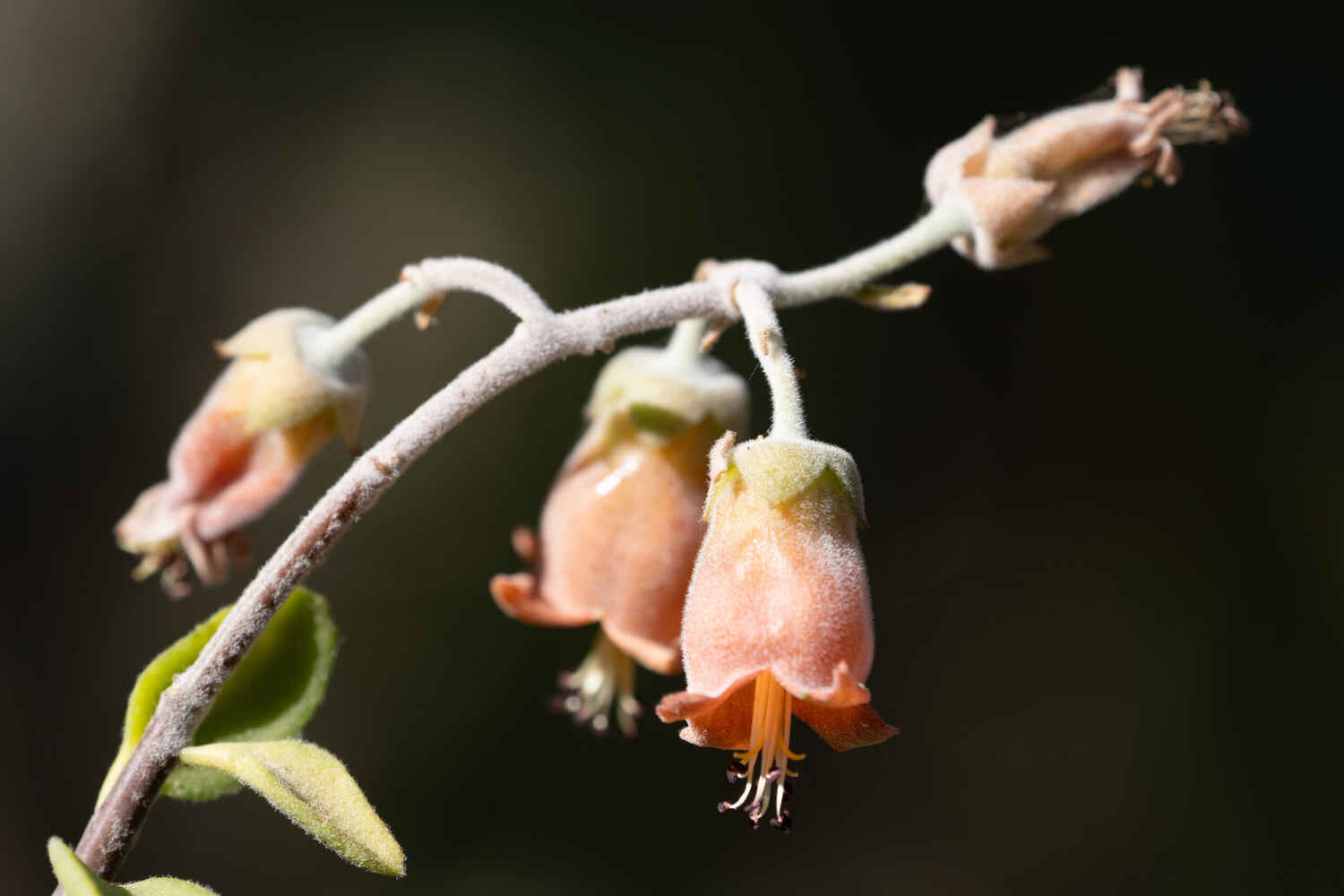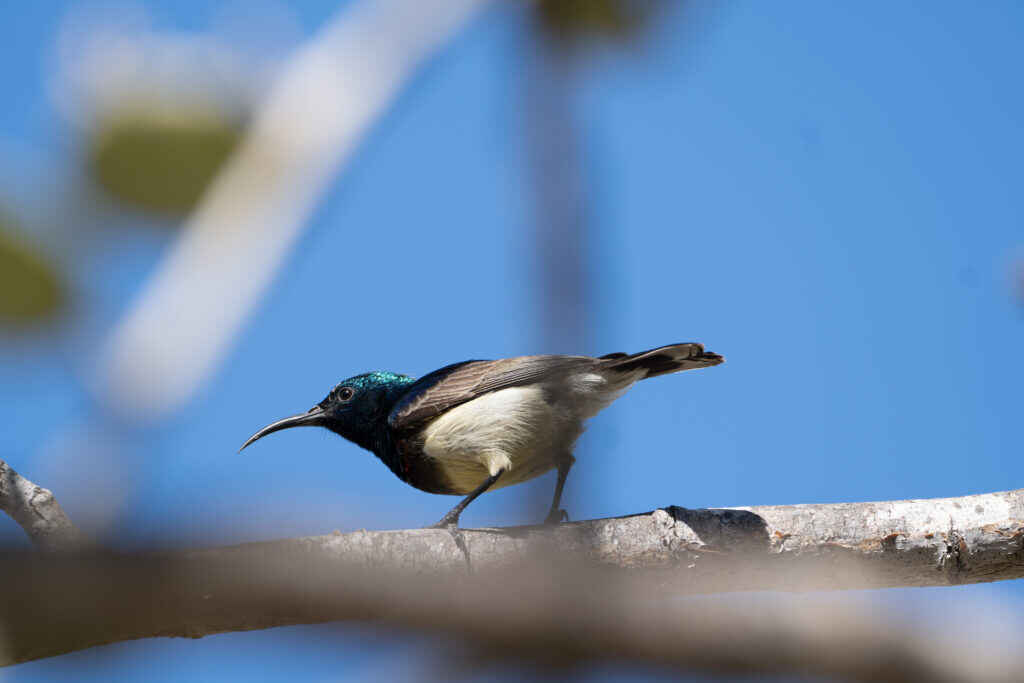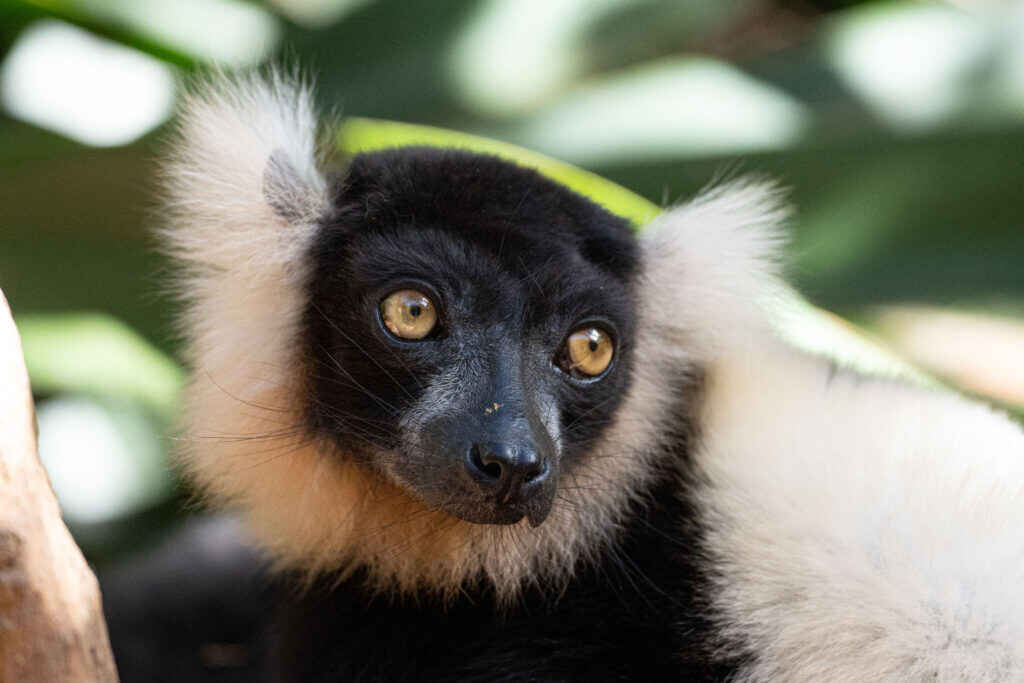Madagascar is one of the least visited countries in the world, with about 300,000 tourists a year (compared to Paris’ 30+ million/year). This is partially because it is so difficult to reach. I really wanted to visit this beautiful country, and when flying from the US, the best options are to go through Charles de Gaulle or Addis Ababa. Either way, it is going to take at least 30 hours if flying directly from the United States. We opted for our week in Paris and then took the 11-hour direct flight from CDG and it was still quite the trek. Thankfully we were next to a kind Swiss woman who had spent 3 months in Madagascar and shared her knowledge with us during the flight.
Once we arrived, we were introduced to an entirely new world. The majority of plants and animals are endemic and we had never seen them before. Some of the plants looked like something you would see on another planet. There are aloe plants the size of trees, succulents that look like hats, and 6 of the 8 Baobab species of the world.
While I would consider us decently experienced travelers, there is no way we would have been able to navigate Madagascar without a local guide and local driver. We took an Intrepid tour with a fantastic guide, a skilled driver, and a fun group of people. The majority of people in Madagascar speak Malagasy and French. Many who work in tourism also speak English and Italian or German (the majority of tourists are French followed by English-speaking). It would be very difficult to get around this incredibly large country without someone who knew what they were doing. Our guide, Mamy, was great at explaining the culture of the island and tribes, pointing out the wildlife, and he had special training in birding which was perfect for Carey.
Before arriving I had been warned the roads were rough, but the roughness of the roads didn’t truly hit me until I had a terrible bout of food poisoning in the mountainous region. Thank goodness our driver knew what he was doing. We also hit a hefty traffic accident on our last day. All the major roads in Madagascar are about the size of 1.5 lanes in the US. One accident will shut down the entire road until it is fixed and it takes a considerable amount of time to fix. Our driver and guide were able to find a way through the miles of backed-up traffic and get us back to the capital city without much delay (something I never would have been able to do in my own rental car).
Anyone who has been on a hike with Carey knows he loves to take pictures of all the birds, bugs, plants, and mushrooms. He had an especially great time at all of the national parks in Madagascar.

We arrived into the capital city, Antananarivo (or Tana as it is affectionally known by the locals). We had a full day before our tour started, so we visited the Lemur Park as well as the Queens’ Palaces outside the city.
Our tour began with a flight to Toliara, which lies along the western coast, its economy supported by fishing activities. The region lies in the spiny forest, where octopus trees reach 20 feet into the sky, their tentacles lined with nail-sized spikes and the sap of Euphorbia plants can render you blind.
Our tour travelled northeast, on the road back to Tana. In relatively short distances, the flora changed rapidly. We went from desert to rainforest, separated by long stretches of bleak savannah created by slash-and-burn agriculture.
Throughout our drive, we saw amazing wildlife and Carey caught some great photos. Here are some of the best pictures he took in our adventures –
We also got to experience the Malagasy culture. Tana is not my favorite city, but all the other cities we visited were lovely and the people were incredibly kind and welcoming. One day we ventured through a local village and had lunch at a family home. The kids loved playing games and wandering around the rice fields.
Since Madagascar isn’t as well visited, it was difficult to find information before we left. A few things we learned on our journey –
- Karaoke is incredibly popular.
- Food is always an adventure. I naively ordered fried fish expecting something similar to fish & chips. Instead, I received 2 whole fish.

- That expensive Madagascar vanilla you see at the grocery store and in your fancy ice cream? It was interesting to find out the native Madagascar vanilla has no taste. The truly great vanilla was brought in from Mexico and happens to grow incredibly well in Madagascar.
- The range of prices in Madagascar is incredibly wide and the Malagasy currency has had some major struggles ($1= about 4,465 Ariary and the average coffee is 3,000 Ariary). We stayed in a 4-star hotel for $80/night when we arrived in Tana. The cost of our first hotel on our Intrepid tour was $30/night for a 3-star hotel. Rent in the nice part of town in Tana is about $50/month. Same with food – you can buy street food for $0.50 or spend $10 to $15 on a meal at your hotel.
- There are 2 main beers of Madagascar – Three Horse Beer and Gold. You can find them everywhere. THB Pilsner is refreshing and will never cost you more than $3.
- If you’re in the right area, the lemurs are EVERYWHERE. Each species has its particular area, but once you’re there, you’ll see them. The ring-tailed lemurs are particularly present and are similar to raccoons in the community they’re near – they always come in and steal the food.

- The chameleons and geckos of Madagascar are just as cool as the lemurs.
After saying goodbye to the lemurs and enjoying my last Three Horses Beer, we caught a flight to our next adventure.







































Pat and Leslie Day
Loving these posts. Keep them coming.
Miller
Awesome photos and trip so far! Excited to keep up